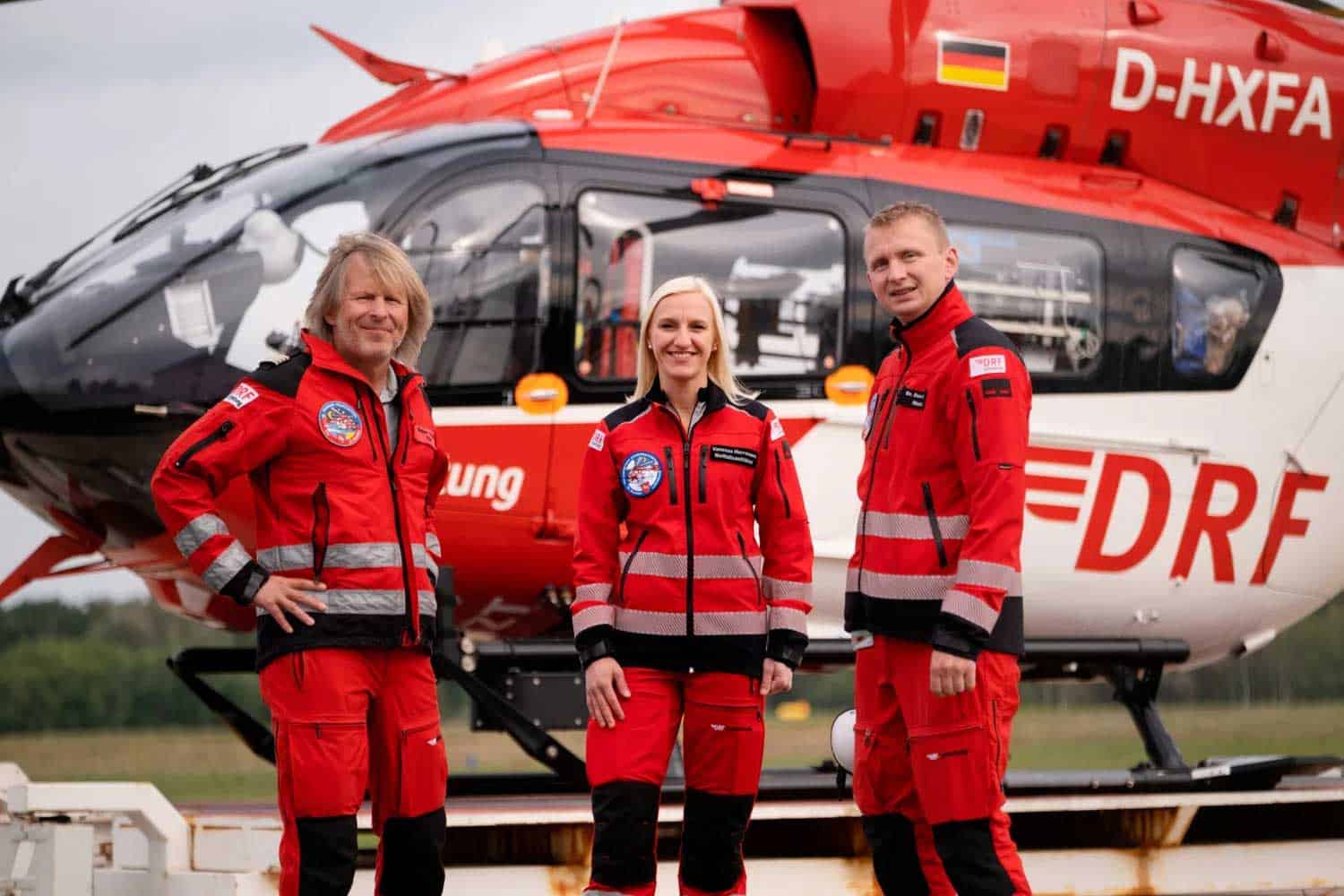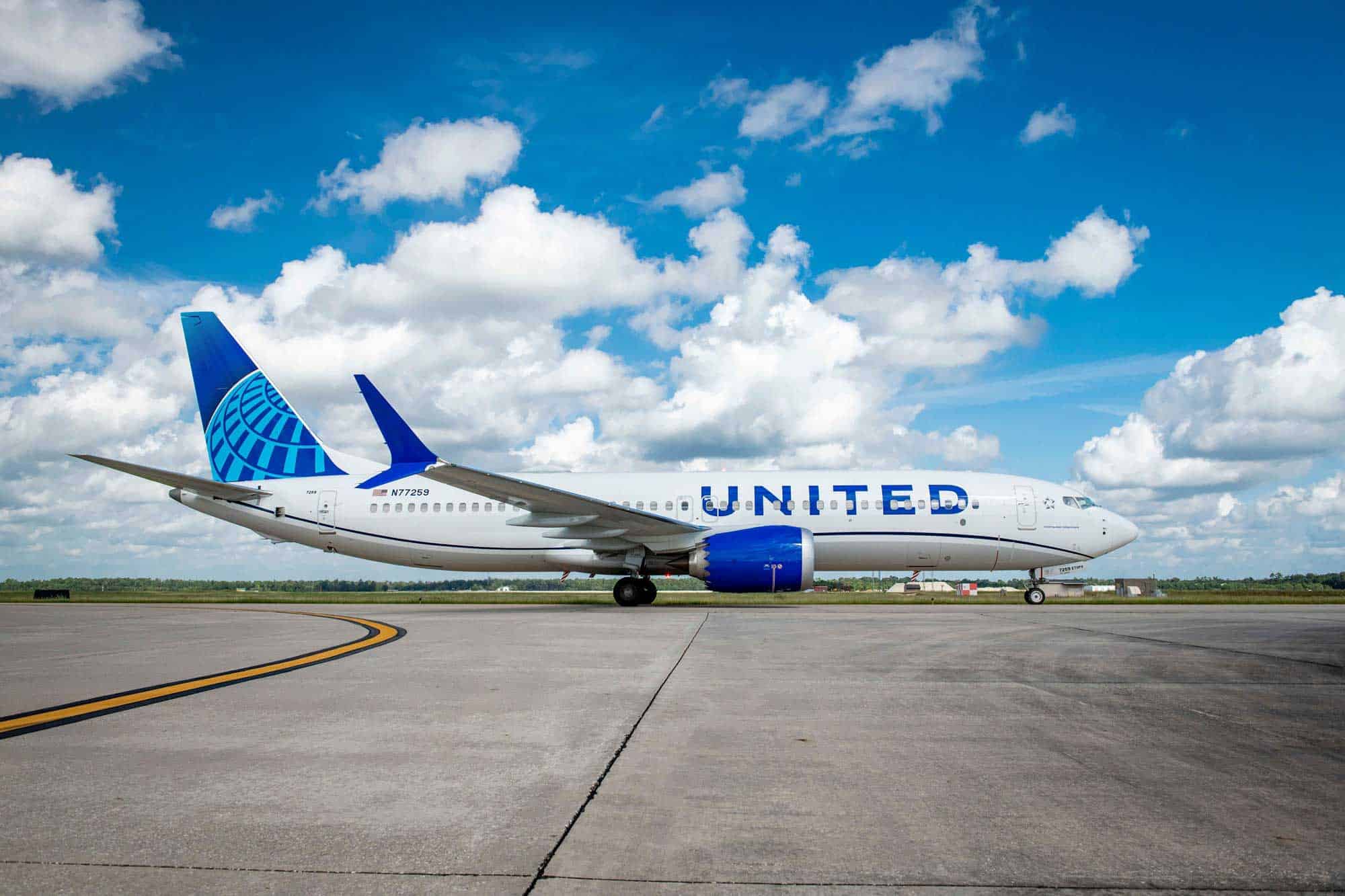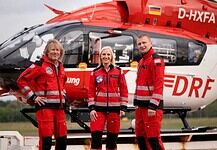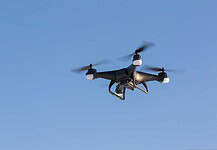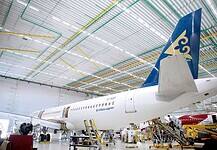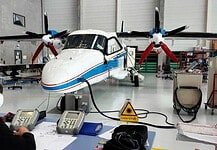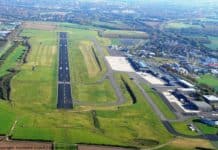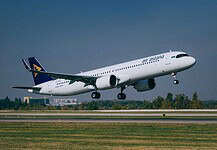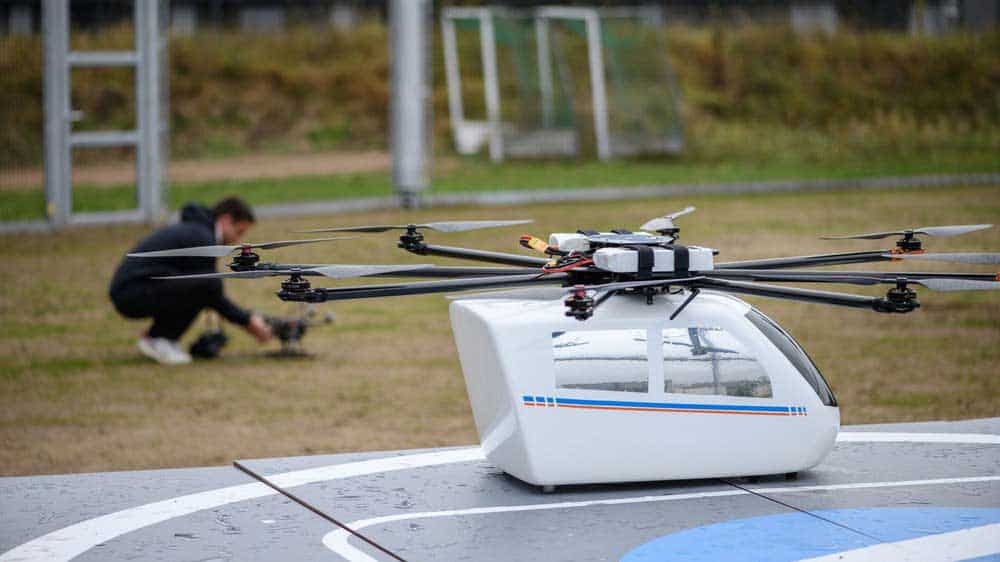
This site is also available on:
Deutsch
The drone cage has a diameter of 45 meters and is 13 meters high. Within this structure, enclosed by a net, new or modified drones can be safely tested. The drone cage is part of a new test environment for research into unmanned aircraft systems. It is located on the grounds of the German Aerospace Center (DLR) in Braunschweig and was recently completed. The DLR and the Technical University of Braunschweig jointly built the Flybots test environment.
“Drones and their defense are a highly topical issue. The focus of development is on applications for civil aviation and security authorities. In collaboration with TU Braunschweig, we are creating the new infrastructure of a drone cage in Braunschweig, an ideal complement to the large-scale, realistic test campaigns at the DLR National Test Center for Unmanned Aerial Systems at Cochstedt Airport. Short distances between research and development will enable us to achieve urgently needed advances in drone technologies even faster in the future and to efficiently prepare for large-scale test campaigns,” says Prof. Dr.-Ing. Anke Kaysser-Pyzalla, Chair of the DLR Executive Board.
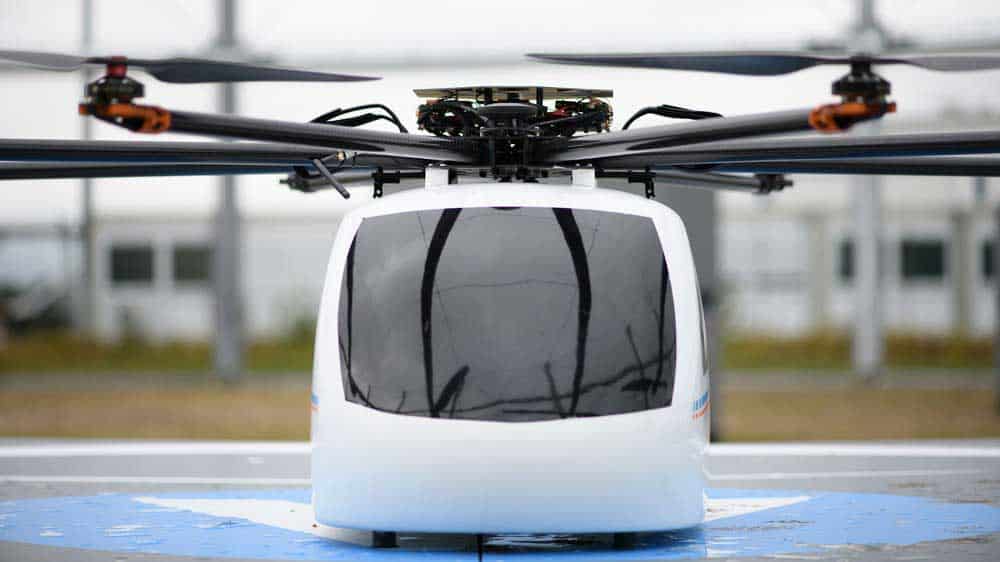
Structures for different needs
The drone cage allows DLR researchers and external organizations to conduct basic tests with unmanned aircraft systems (UAS) at short notice. Single or multiple prototype UAS weighing up to 25 kilograms can fly here. The cage has a floor space of 1,500 square meters and also offers space for structures such as obstacles or landing pads. A net is stretched over steel girders to ensure that the drones do not leave the test environment. The facility, built by the DLR Institute of Flight Guidance, complements the test environment of the DLR National Test Center for Unmanned Aircraft Systems in Cochstedt (Saxony-Anhalt). Flight tests of higher technological maturity levels are conducted there in a realistic test environment. These tests can now be prepared more easily and quickly by the DLR institutes there thanks to the drone cage in Braunschweig.
Current projects such as CUSTODIAN (Counter-UAS Technologies for Detection, Interception and Neutralization), which recently demonstrated in Cochstedt how unwanted drones can be successfully detected and neutralized, are benefiting from the new testing capabilities. Another example of current research is the DLR project Swarming (Coordination and guidance of unmanned swarms), which focuses on the use of drone swarms to support emergency responders in disaster relief. The project work is taking place in Braunschweig and Cochstedt.
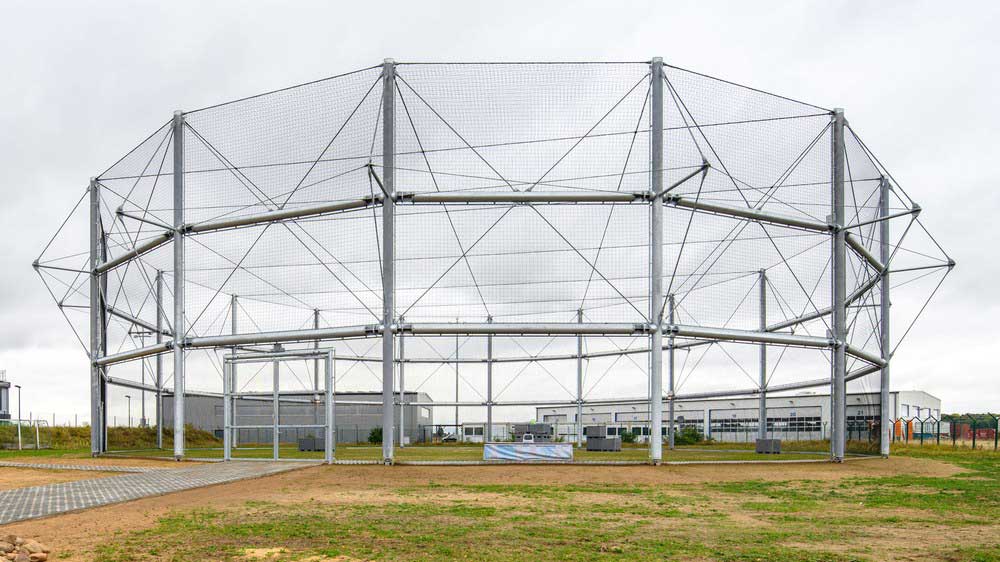
Detector tracks drones for miles
The drone cage is one of several systems created as part of the Flybots infrastructure ensemble, which was funded by the Lower Saxony Ministry of Economic Affairs, Transport and Construction. A mobile drone detector operated by the DLR Institute of Flight Systems is also available. With its powerful radar, it detects and tracks even small, unwanted drones – even when they are several kilometers away. Various cameras and receiving antennas complement the radar. The drone detection system is mounted on an all-terrain vehicle and is used in the CUSTODIAN project, among others.
Wind tunnel for drone research
A new wind tunnel has also been built on the grounds of TU Braunschweig. The facility enables the combination of aerodynamic and electromagnetic testing. Thrust, efficiency, and behavior of UAS can be measured precisely and reproducibly. The wind tunnel accommodates entire drones or individual propulsion units.
Angela Ittel, President of TU Braunschweig: “With Flybots, Braunschweig is establishing a benchmark for drone research of the future. At a time when the security situation in Europe has changed, drones and unmanned systems can be a technological option to protect our country and thus our democracy. The new, electromagnetically shielded wind tunnel is unique in Germany – and Braunschweig is a place where precision, safety, and innovation come together. Flybots demonstrates what interdisciplinary research can achieve when the state of Lower Saxony, our university, and the DLR work together.”
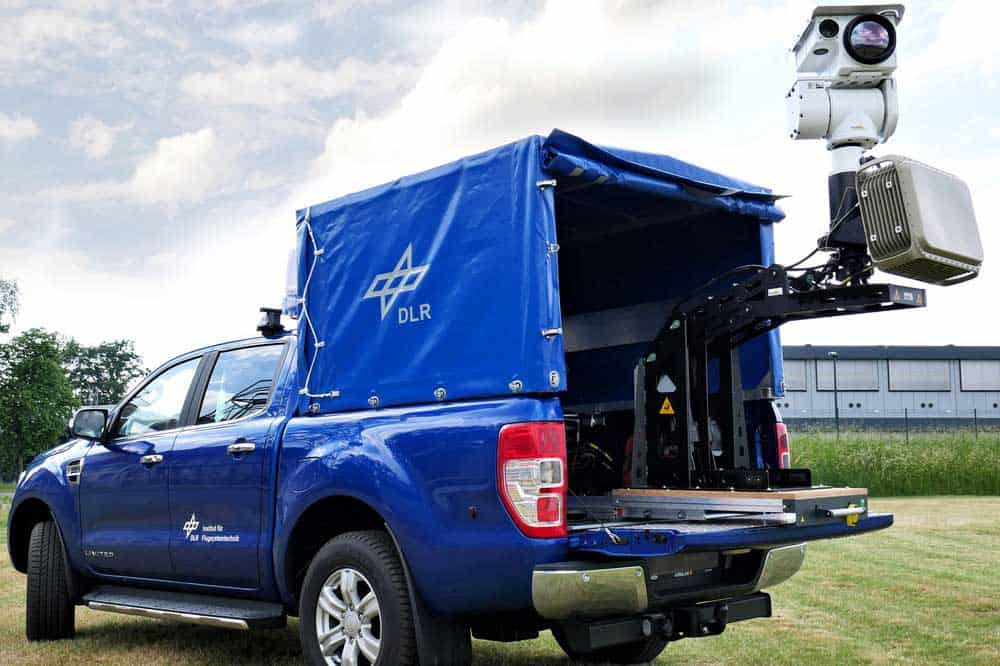
Drones move in a model city
At the inauguration on October 21, 2025, the researchers built a small version of a model city with houses and landing pads in the drone cage. They used this obstacle-filled setting to present various areas of their work. For example, flight routes can be tested here. This demonstrates whether the drones can move reliably and safely in the environment. Questions regarding the integration of drones into civil airspace will be addressed.
Unmanned aviation is generally gaining importance for our modern society: drones can, for example, assist in the maintenance of wind turbines, deliver goods to remote areas, or create situation reports for disaster relief. DLR is making significant contributions to the entire application spectrum of unmanned aviation. It develops solutions, methods, and processes ranging from individual technologies to complete aircraft and the architecture of an automated air transport system. Researchers also consider the impact and acceptance of the systems when integrated into urban transport.

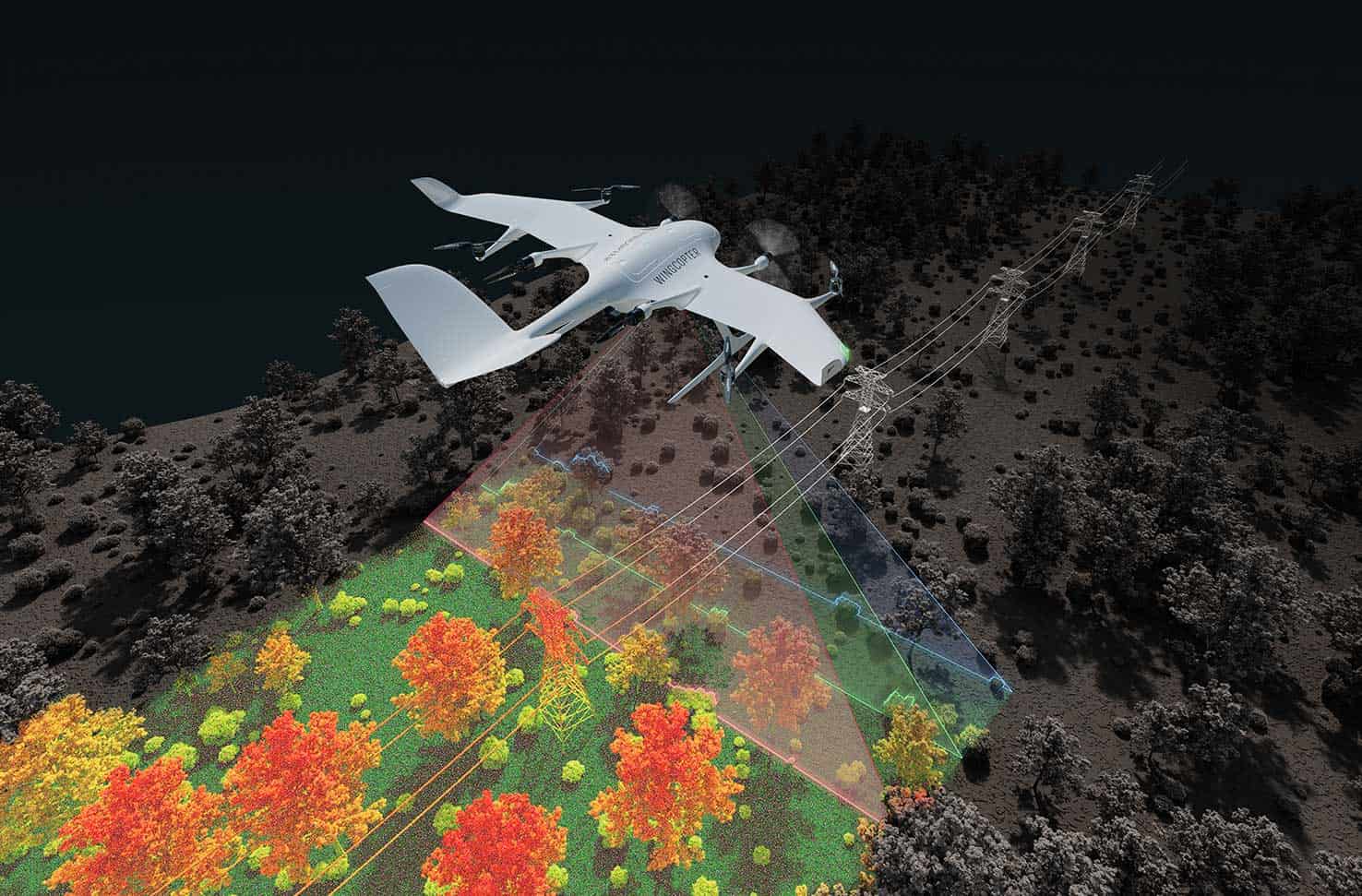 Wingcopter introduces new LiDAR survey drones (Wingcopter introduces new LiDAR survey drones)
Wingcopter introduces new LiDAR survey drones (Wingcopter introduces new LiDAR survey drones) Rotor R550 Sprayhawk UAV receives approval in Brazil (Rotor R550 Sprayhawk UAV receives approval in Brazil)
Rotor R550 Sprayhawk UAV receives approval in Brazil (Rotor R550 Sprayhawk UAV receives approval in Brazil)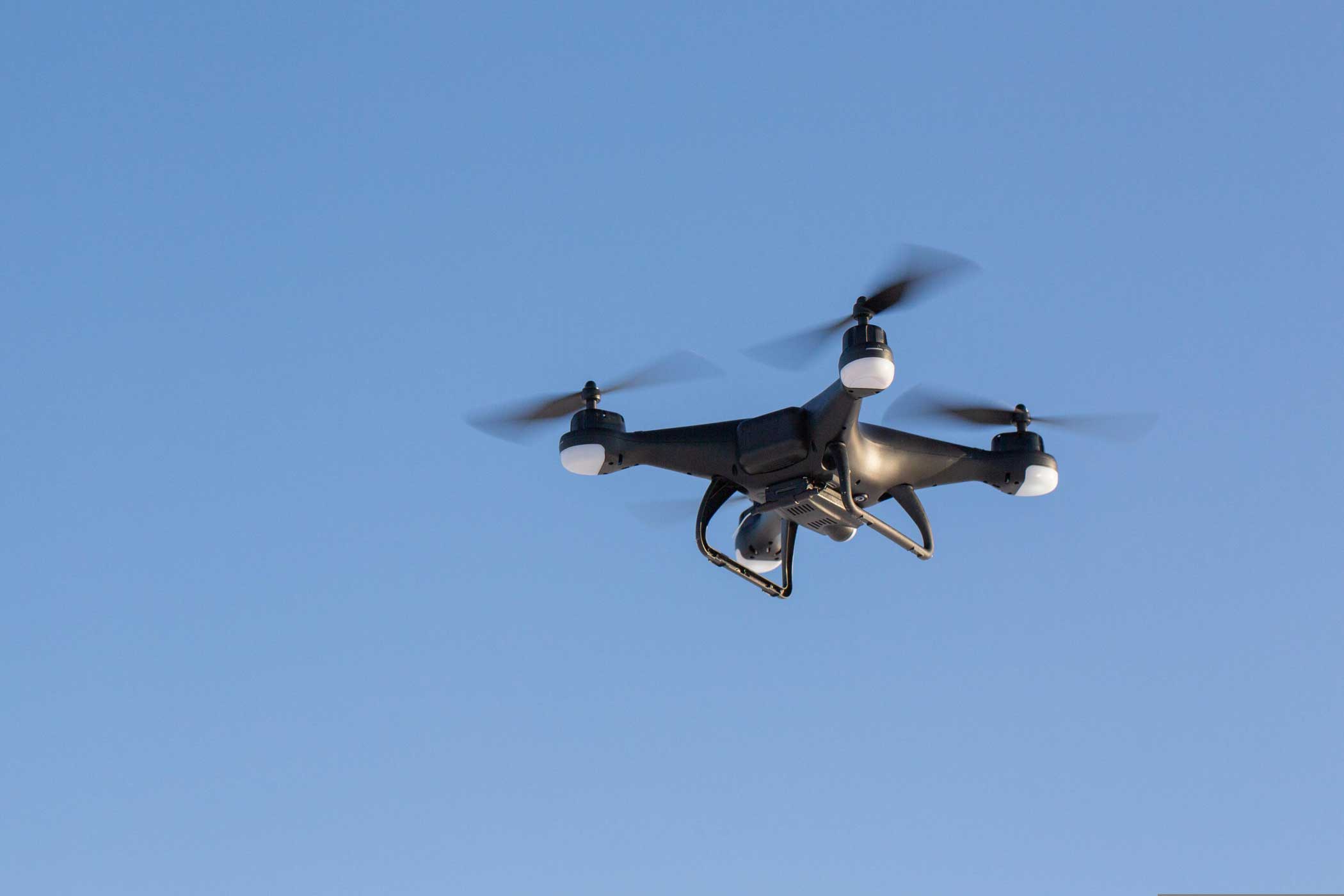 Drones at German airports: DLR analysis of drone incidents (Drones at German airports: DLR analysis of drone incidents)
Drones at German airports: DLR analysis of drone incidents (Drones at German airports: DLR analysis of drone incidents)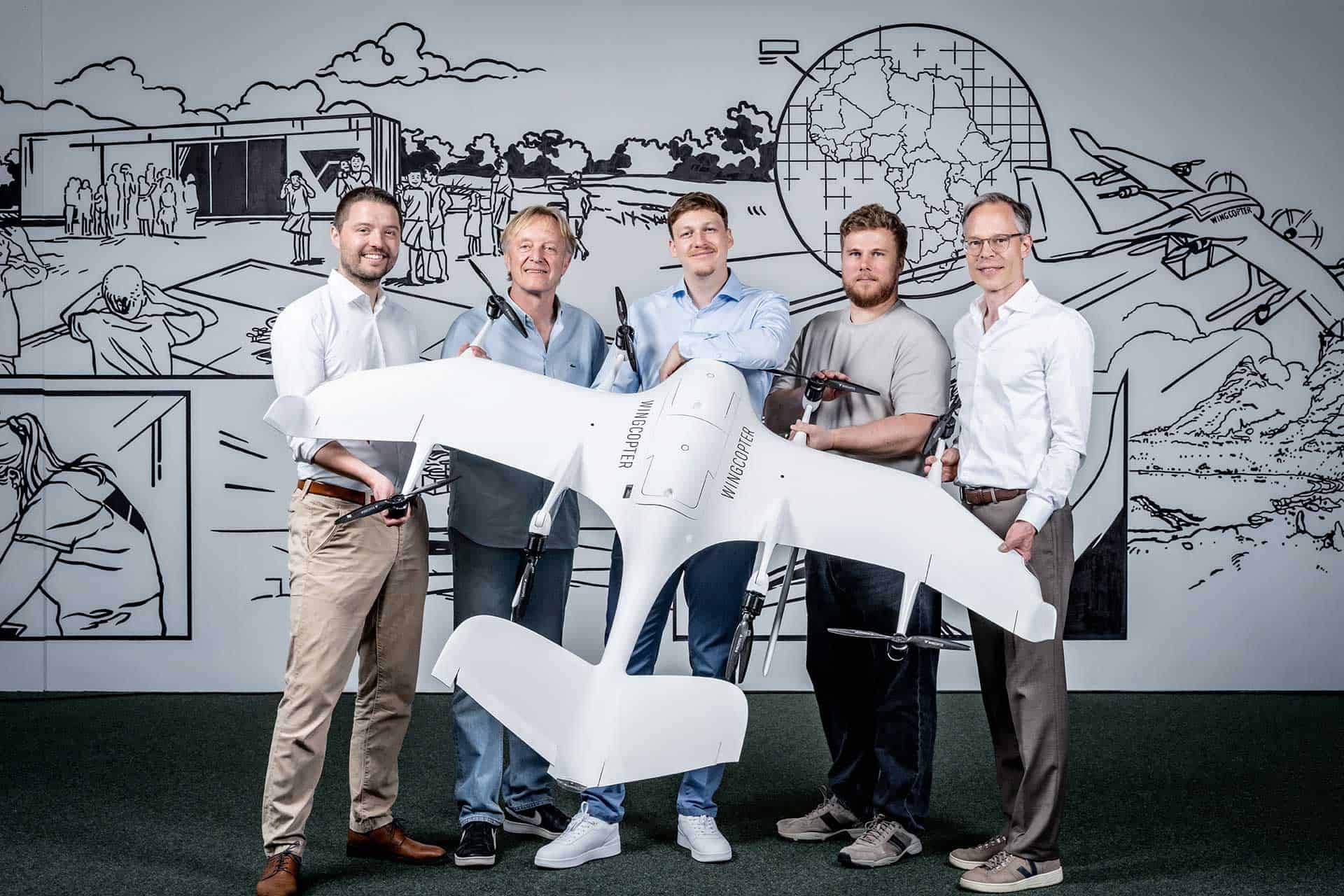 Drone start-up Wingcopter wins new investor (Drone start-up Wingcopter wins new investor)
Drone start-up Wingcopter wins new investor (Drone start-up Wingcopter wins new investor)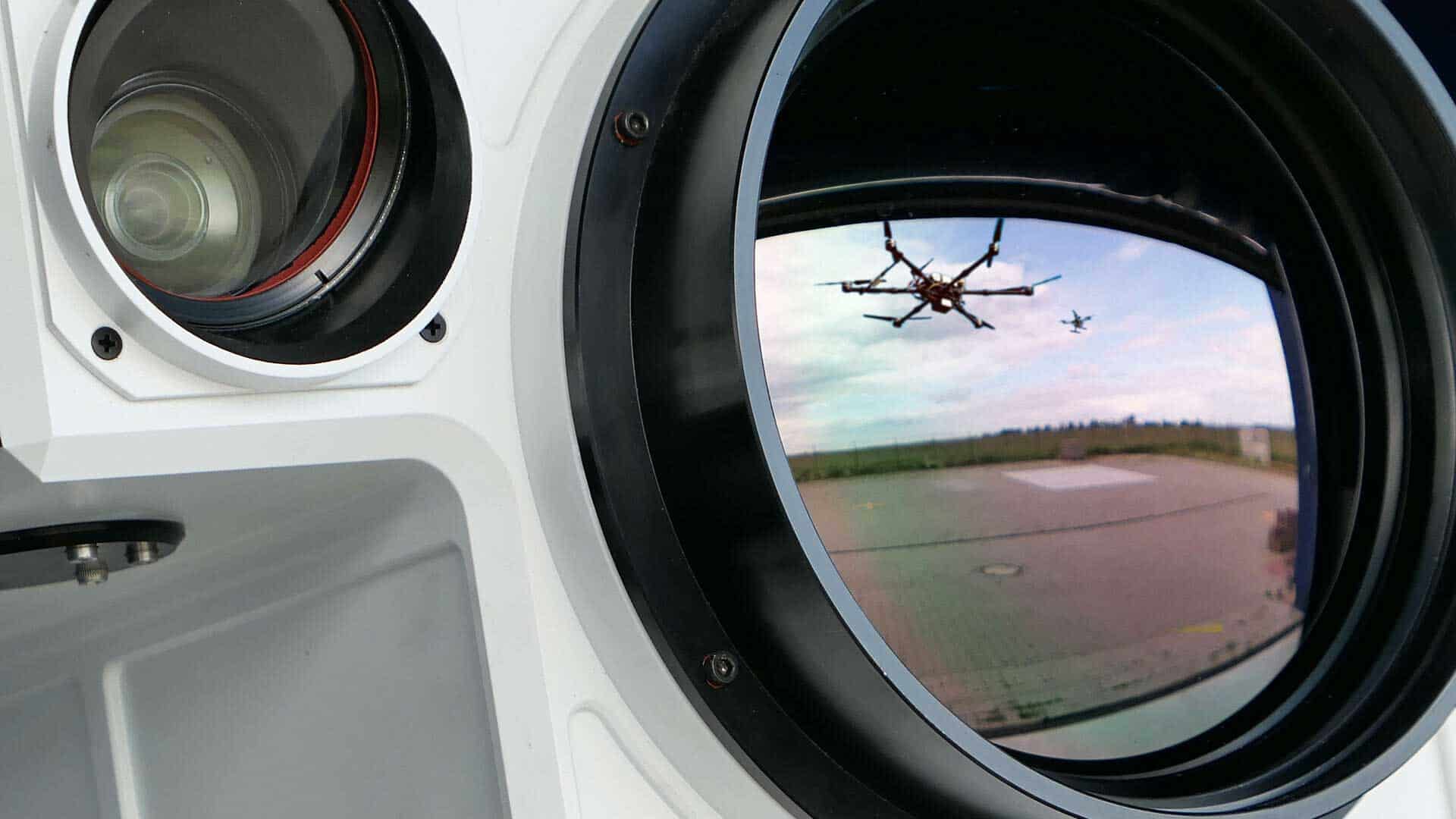 Drone defense: Neutralization of unwanted drones in sensitive areas (Drone defense: Neutralization of unwanted drones in sensitive areas)
Drone defense: Neutralization of unwanted drones in sensitive areas (Drone defense: Neutralization of unwanted drones in sensitive areas)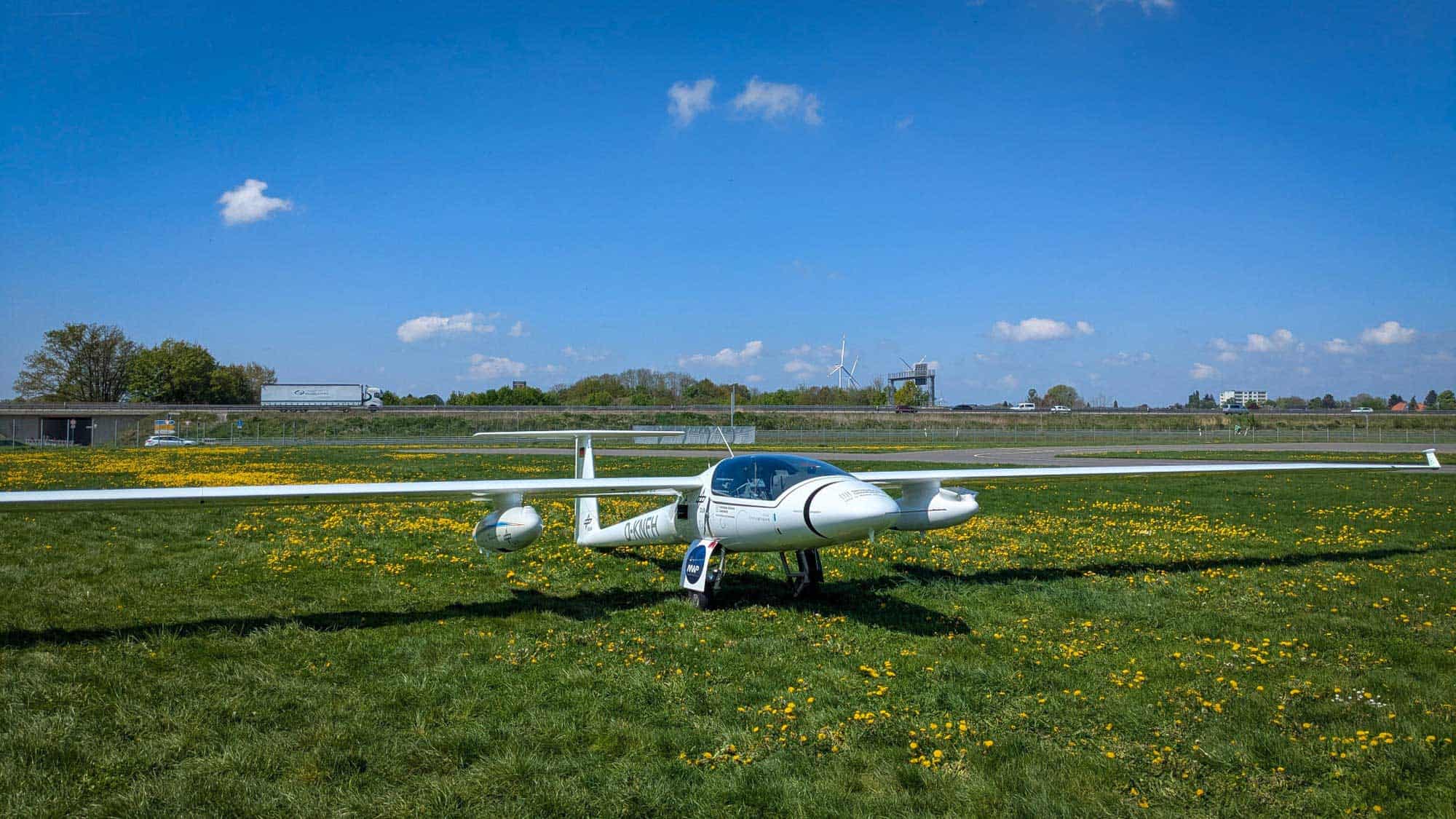 DLR’s MACS camera system helps with police search in the Westerwald (DLR’s MACS camera system helps with police search in the Westerwald)
DLR’s MACS camera system helps with police search in the Westerwald (DLR’s MACS camera system helps with police search in the Westerwald)

